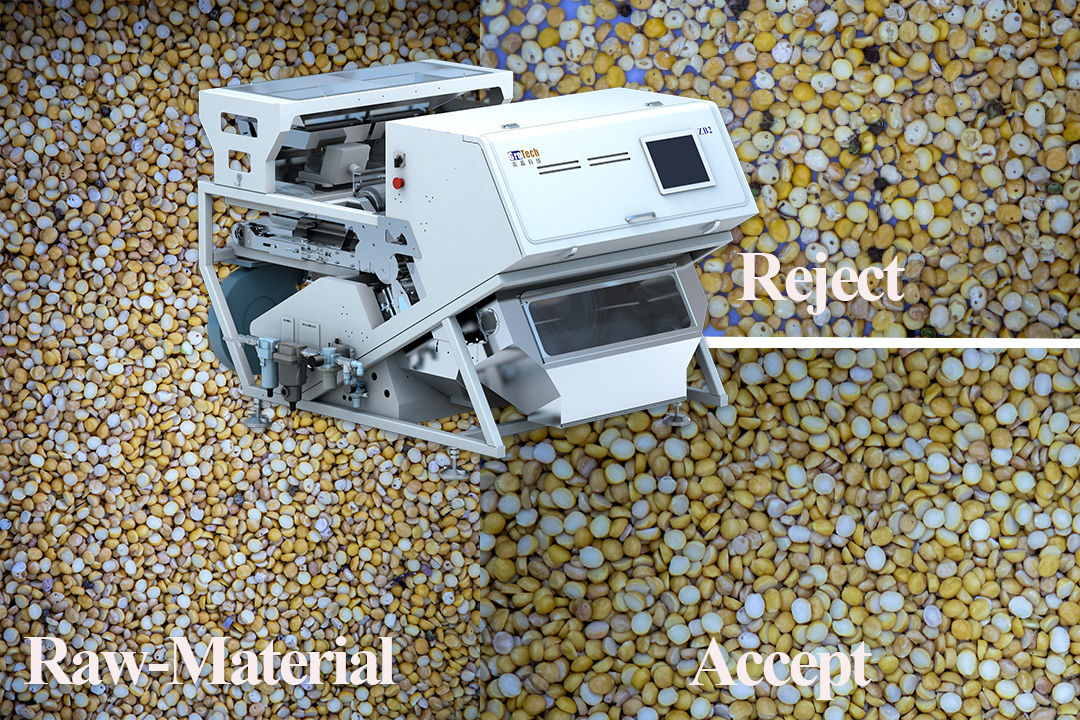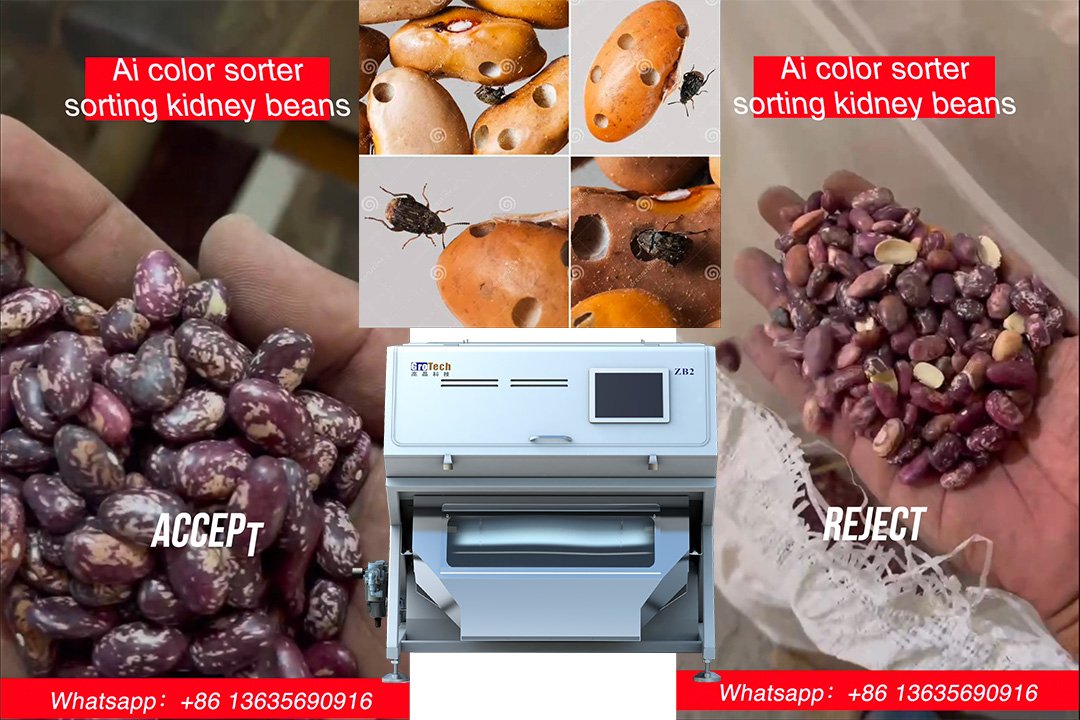Recently, Gachn group 4+4-color satellite-type flexographic printing press arrived in Africa and is about to begin installation and commissioning. With its outstanding performance and precise register technology, this satellite-type flexographic printing press is specifically designed for printing wide-format, thin, and difficult-to-control tension materials. Its arrival in Africa will inject new vitality into the local printing industry.
Equipment Highlights: Tailored to African Printing Needs
The core advantages of the Gachn Gourp 4+4color flexographic printing press are key to its ability to meet the demands of the African market.
Excellent Register Accuracy: The satellite-type structure ensures close contact between the printed material and the shared printing plate, minimizing tension fluctuations and deformation during drying. The press achieves register accuracy of ±15mm in the transverse direction and ±10mm in the longitudinal direction. Electronic registering is achieved without stopping the machine, ensuring high-quality printing even when printing roll-type PP woven fabrics as wide as 550-850mm.
Strong adaptability: It can handle roll materials with a maximum diameter of 1500mm. The unwinding reel uses a 6-inch air shaft and the rewinding reel uses an 8-inch air shaft. The print repeatability range is 400-1200mm. The photosensitive resin sheet supports thicknesses of 1.14/2.28mm. It can be used with 0.38mm double-sided tape, providing flexibility to meet diverse printing needs.
Efficient and stable operation: The maximum machine speed is 200m/min, and the maximum printing speed is 50-150m/min. It is equipped with 8 ceramic anilox rollers (LPI rollers can be customized upon request) and 8 printing cylinders (sizes determined by customer requirements). It also features 2 printing unit drying systems, a post-print drying system, and corona treatment equipment, ensuring both high printing efficiency and quality.
Installation Preparation: Detailed attention to detail lays a solid foundation for safety
Even when installing equipment thousands of miles away, preliminary preparation is crucial. Our team meticulously handles every step, from equipment transportation and protection to on-site planning.
Equipment Transportation and Inventory: Considering the potential for bumps, humidity fluctuations, and other issues during long-distance transportation, all equipment was packaged in custom protective packaging. Key components, such as the ceramic anilox roller (produced by Shanghai Murata, with a dynamic balancing accuracy of 10g) and the center roller (made of high-quality alloy steel, with a radial runout tolerance of ±0.010mm), were equipped with additional cushioning devices. Upon arrival at the site, technicians checked the parts list and individually verified core components, including the Inovance human-machine interface, Schneider circuit breaker, Shanghai Danma servo motor, and German FAG/Japanese NSK bearings, to ensure that no components were missing or damaged.
Site Planning and Environmental Preparation: Based on the equipment's dimensions (16.8L × 3W × 4.3H m, weighing approximately 20 tons), the installation area was determined in advance with the customer, obstacles were cleared, and the equipment lifting route was planned. Furthermore, the on-site power supply (total power consumption 125kW) and air supply conditions were checked to ensure they met equipment operating requirements. For example, the electric heating and temperature control system required a stable power supply, and the pneumatic components (Taiwan AirTAC) required normal air pressure.
Installation Process: Professional Operation, Step-by-Step Precision
1. Basic Component Installation: Stabilizing the Equipment's "Frame"
First, install the frame and center roller. The center roller, the core of the satellite printing press, features a hollow, double-layer structure with a surface plating exceeding 200µm. During installation, specialized tools are used to adjust its levelness to ensure a radial runout tolerance within ±0.010mm. Next, the drive system, including the servo motor traction unit and T-shaped timing belt, is installed to ensure synchronized operation of the drive rollers, laying the foundation for subsequent printing accuracy.
2. Printing Unit Assembly: Building the Core Printing System
Next, assemble the eight printing units. Each unit is equipped with a ceramic anilox roller, a print cylinder, and a closed doctor blade (Changhong brand, imported Danish technology). When installing the ceramic anilox roller, ensure its parallelism with the print cylinder to ensure even ink transfer. The closed doctor blade utilizes a fully enclosed aluminum alloy design to reduce solvent evaporation. During installation, precisely adjust the contact pressure between the doctor blade and the anilox roller to ensure effective squeegeeing. At the same time, two sets of video inspection equipment (from Wuxi Kesai) were installed to monitor print quality in real time.
3. Auxiliary System Installation: Improving Equipment Functionality
Tension Control System: A dual-station unwinding and rewinding device was installed, equipped with a magnetic powder brake, a low-friction cylinder (from Fujikura, Japan), and a smooth float roller. This provides automatic tension compensation and closed-loop control, ensuring stable tension during the printing process and preventing loosening or deviation.
Drying and Cooling System: Two printing unit drying systems and one post-print drying system were assembled, equipped with a constant temperature chamber (including heating tubes, intelligent temperature controller, and PID temperature control) to ensure precise and controllable drying temperatures. After the cooling and traction device was installed, the cooling effect was tested to ensure that the printed material quickly cooled and set.
Correcting System: An automatic EPC ultrasonic probe correcting system (from Best, Germany) was installed, supporting manual, automatic, and center return functions, with ±65mm left and right adjustment, ensuring precise positioning of the material during the printing process.
4. Electrical System Connection: Implementing Intelligent Equipment Control
Finally, the electrical system is connected and debugged, including wiring components such as the Inovance PLC, Schneider temperature controller, and frequency converter, as well as debugging the human-machine interface. During the connection process, circuit safety is strictly checked to prevent short circuits or poor contact. During debugging, the interoperability of various systems, such as the coordination between the tension control and the web-correction system, is tested to ensure the equipment's automated and intelligent operation.
Debugging and Training: Comprehensively Ensure Efficient Equipment Operation
Equipment debugging: Technicians first conduct a dry run to test the proper operation of various components, such as the servo motor's speed control, the drying system's temperature stability, and registration accuracy. Subsequently, a test print run is conducted using roll-formed PP fabric to test printing results at various print speeds (50-150 m/min). Registration accuracy is adjusted to ±0.15 mm horizontally and ±0.15 mm vertically to ensure compliance with customer production requirements.
Customer Training: Comprehensive training is provided to customer operators, covering daily equipment operation, maintenance, and troubleshooting. Detailed equipment technical documentation and operating manuals are also provided to ensure customers can operate the equipment independently and safely.
Empowering African printing, ushering in a new chapter of cooperation
Gachn has consistently provided high-quality printing equipment and services to global customers with professional technology and a rigorous approach. The installation of the GC 4+4-850 flexographic printing press in Africa is not only a delivery of equipment, but also a transfer of technology and experience. We are confident that with the successful commissioning of this equipment, it will help local customers improve printing efficiency and product quality, and promote the development of the African printing industry. Going forward, Gachn will continue to deepen its presence in the global market, providing more customers with customized printing solutions, and working together to create a new future for the printing industry!




